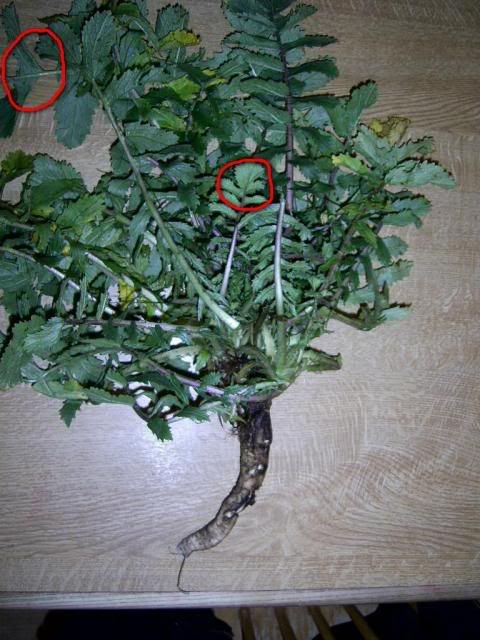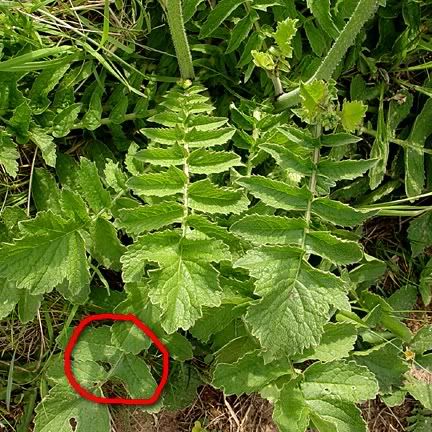Very interesting, thanks for the link, more of a North American sub-species which is why I've never heard of it before.
You're also on the East coast. Fife is drier than the rest of the country. Half my family came from Clackmannanshire and Fife. When my Grandmother went through to visit her sisters she took plants and herbs that grew easily here and swapped them for ones that didn't thrive in Lanarkshire.
I think it is an Umbelliferae namely Wild parsnip (Pastinaca sativa).
I don't think I've ever seen that one. Interesting. I know that some of the original cultivated carrots were white though. The Romans grew white and purple ones.
cheers,
Toddy


